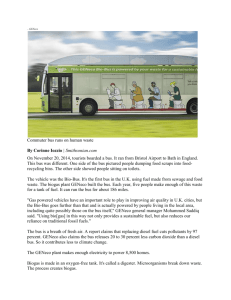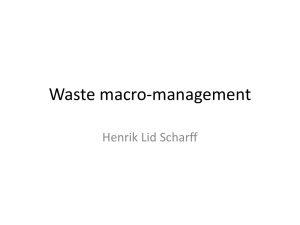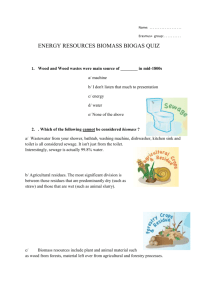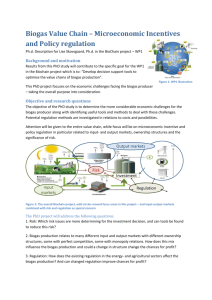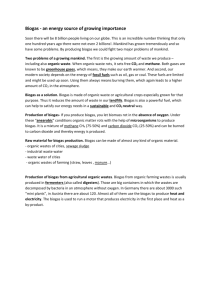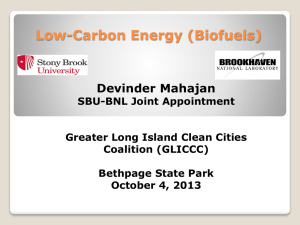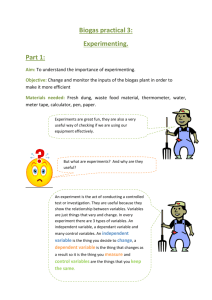GENeco
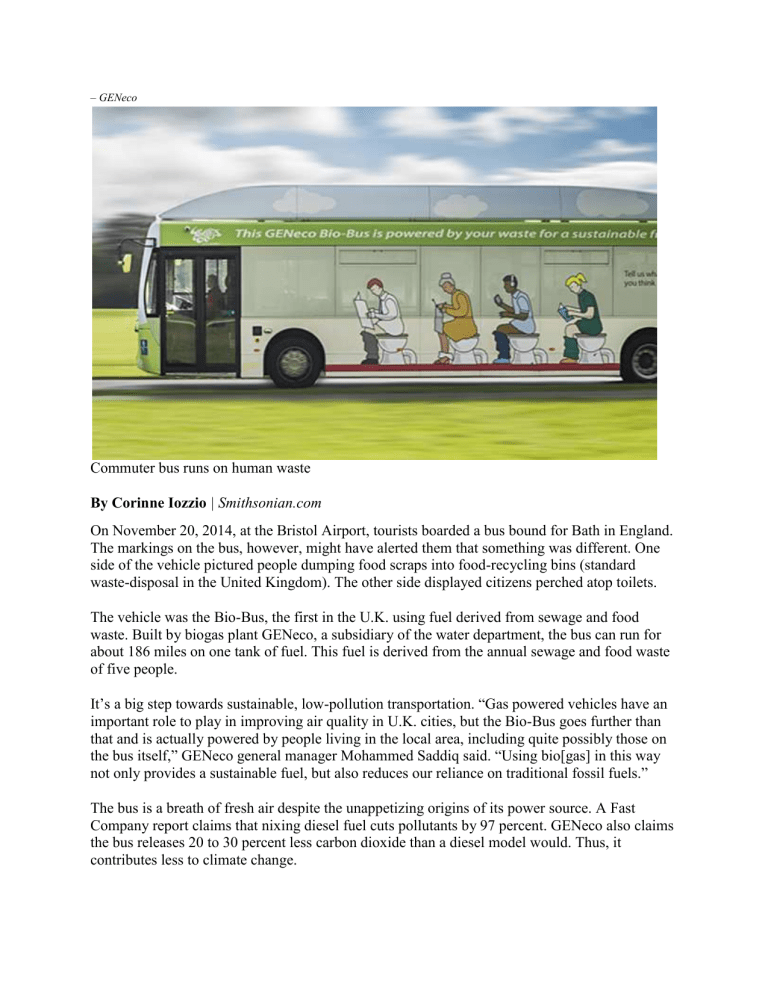
– GENeco
Commuter bus runs on human waste
By Corinne Iozzio | Smithsonian.com
On November 20, 2014, at the Bristol Airport, tourists boarded a bus bound for Bath in England.
The markings on the bus, however, might have alerted them that something was different. One side of the vehicle pictured people dumping food scraps into food-recycling bins (standard waste-disposal in the United Kingdom). The other side displayed citizens perched atop toilets.
The vehicle was the Bio-Bus, the first in the U.K. using fuel derived from sewage and food waste. Built by biogas plant GENeco, a subsidiary of the water department, the bus can run for about 186 miles on one tank of fuel. This fuel is derived from the annual sewage and food waste of five people.
It’s a big step towards sustainable, low-pollution transportation. “Gas powered vehicles have an important role to play in improving air quality in U.K. cities, but the Bio-Bus goes further than that and is actually powered by people living in the local area, including quite possibly those on the bus itself,” GENeco general manager Mohammed Saddiq said. “Using bio[gas] in this way not only provides a sustainable fuel, but also reduces our reliance on traditional fossil fuels.”
The bus is a breath of fresh air despite the unappetizing origins of its power source. A Fast
Company report claims that nixing diesel fuel cuts pollutants by 97 percent. GENeco also claims the bus releases 20 to 30 percent less carbon dioxide than a diesel model would. Thus, it contributes less to climate change.
The GENeco biogas plant pumps enough electricity into the grid to power 8,500 homes.
Biogas is created through anaerobic digestion. In a tank without oxygen, called a digester, microorganisms break down organic material. The process nets two products: biogas (methane and carbon dioxide) and fibrous byproducts. The byproducts are made into such things as animal bedding and fertilizers. A process then concentrates the methane to the levels needed to replace fuel or to power the electrical grid.
This process uses diverse waste sources. For example, it can make biogas from landfills, wastewater, manure, and agricultural waste. The GENeco plant converts more than 2.6 billion cubic feet of sewage and more than of 38,000 tons of food waste. It’s the first and largest plant in the U.K. to use food waste and sewage to deliver energy to the grid.
If used worldwide, biogas would create a sizable impact. The EPA’s National Renewable Energy
Laboratory estimates that if biogas were gathered from all available U.S. sources it would offset
46 percent of natural gas consumption for electricity and replace natural gas in transportation entirely. In fact, if all sources were tapped, it would produce the biogas equivalent of 35 billion gallons of gasoline. Currently, more than1,500 biogas digesters operate at wastewater treatment centers in the U.S.. Some produce enough electricity to go entirely off-grid.
Using biogas for transportation is still new. Aggressive renewable-energy laws, however, have spurred similar projects across Europe recently. For example, Sweden uses waste-derived biogas to run a fleet of more than 36,000 vehicles, including trucks and buses. And Oslo, Norway, has about 80 poo-powered buses on the road.
In 2010, GENeco introduced the Bio-Bug before taking on the larger task of revamping public transit. The Bio-Bug demonstrated that transportation vehicles could use fuels from sewage. The
Bath Bus Company operates the Bio-Bus. It also runs tour buses in U.K. destinations, but hasn't committed to using more Bio-Buses.
Possible Response Questions:
How do you think U.S. consumers would react to public transportation fueled by human waste?
What evidence in the article supports the idea that use of biogas could have a big impact in the
United States?
